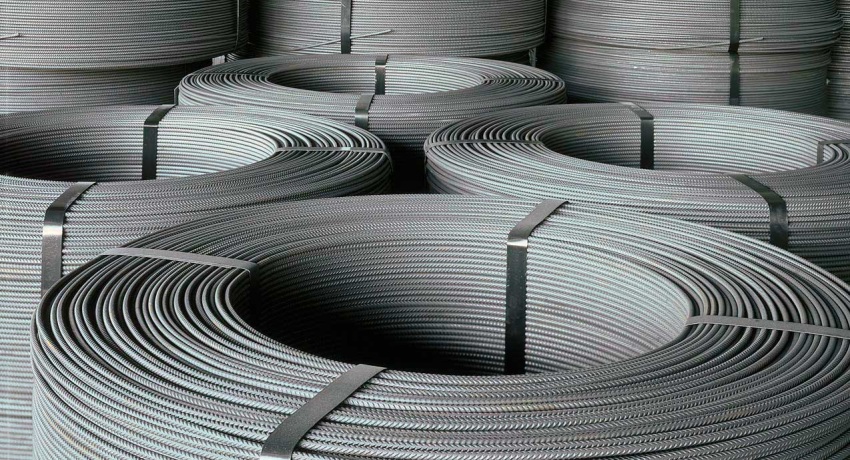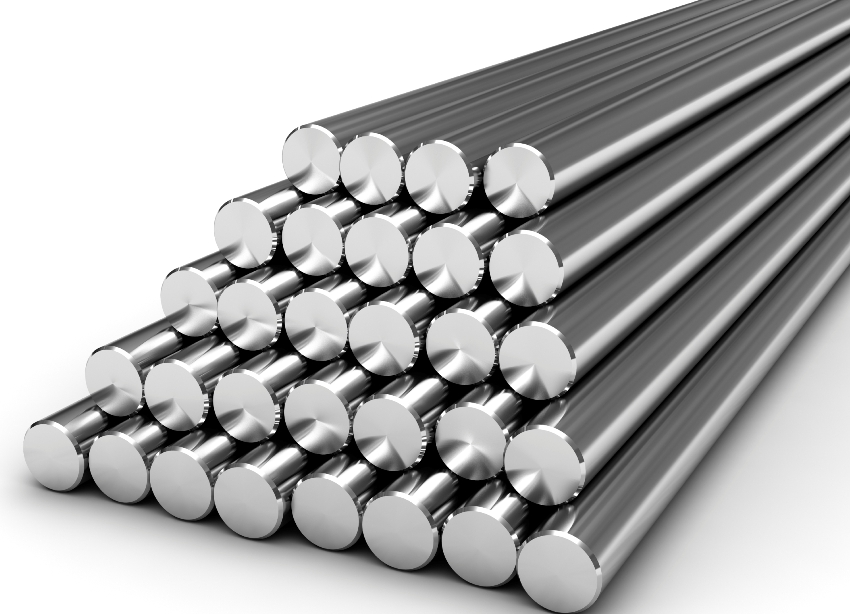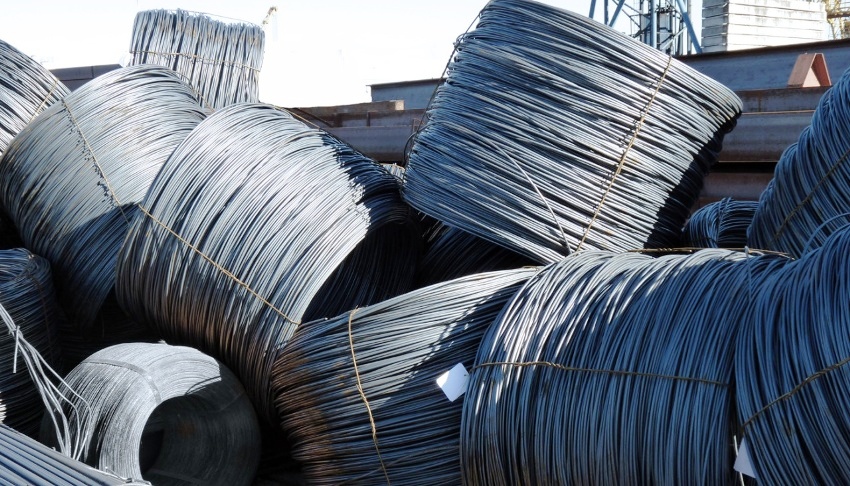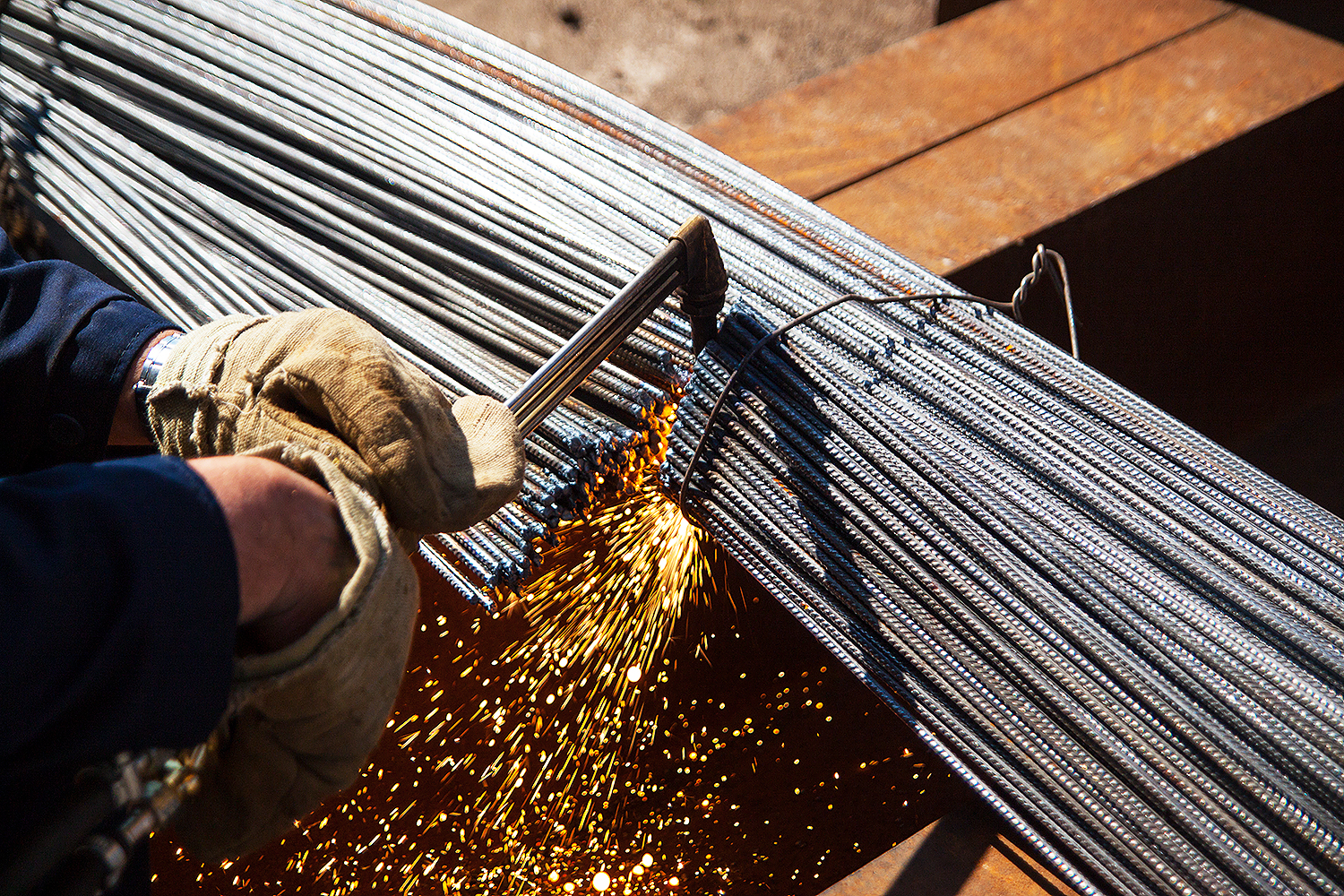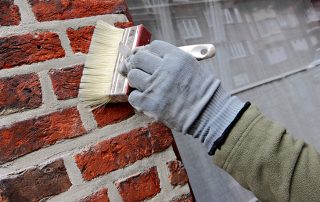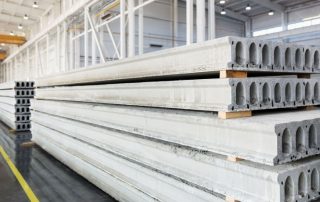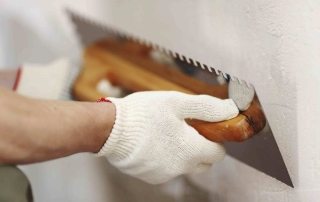In the capital construction of country houses from a monolith, you cannot do without reinforced structures. At the same time, most of the costs in the process of purchasing materials mainly fall on the reinforcement. The weight of the material, calculated accurately and correctly, will help to realistically estimate not only the costs of organizing construction work, but also an important part of the cost of the entire object.
Content
- 1 The need to calculate the weight of reinforcement: tables of correspondence between weights and lengths
- 2 Reinforcement: weight and various options for calculating it
- 3 Characteristics, dimensions and calculation of the weight of reinforcement 8 mm per meter
- 4 Scope of application and calculation of the weight of 10 mm reinforcement per meter
- 5 Versatile features and ideal valve weight 12
- 6 Rebar weight 16 mm per meter: features and specifications
The need to calculate the weight of reinforcement: tables of correspondence of weight and length
Reinforcement is a building material, representing a collection of certain metal elements, intended for the construction of a monolithic structure with cement mortar. Serves as a support to hold tensile stress and to strengthen the concrete structure in the compression zone.
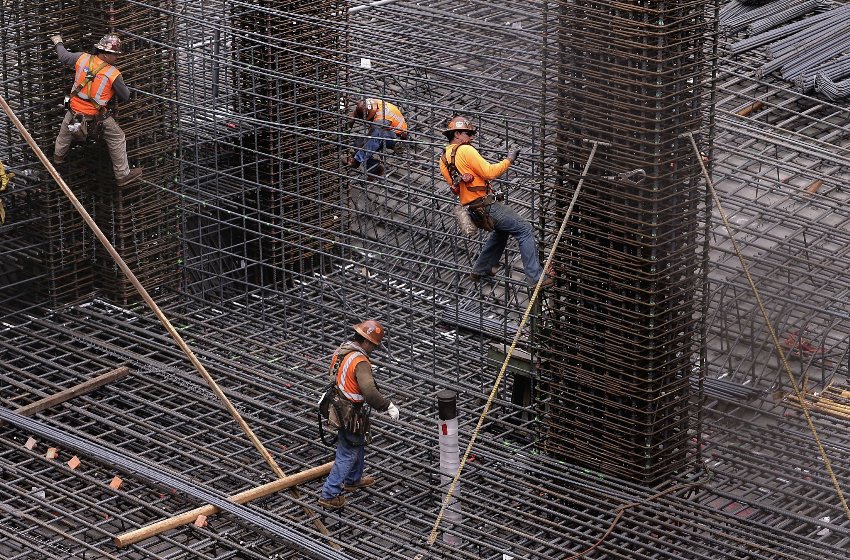
Calculation of the mass of reinforcement will help in assessing the cost of construction, as well as the price of an already finished object
Reinforcement components are mainly used in the construction of the foundation and the erection of walls of concrete-cast buildings. A significant part of the time, effort and material costs during the construction of a concrete building is spent precisely on the creation of a reinforced frame, which is made from reinforced rods and nets. To avoid unnecessary costs, you should calculate the required amount of material as accurately as possible. Here you cannot do without knowing the weight of the reinforcement in a meter. A table of ratios of weight and length of different types of structures will help make the correct calculations.
To calculate the weight of the reinforcement, add the total length of all the bars and multiply it by the mass of one meter. All the necessary data, taking into account the steel class and the diameter of the rods, are given in the calculation tables. The grade of the material from which the fittings are made is also taken into account.
Reinforcement weight table: GOSTregulating the quality of goods
The indicator of the standard for the mass of reinforcement of the corresponding diameter is regulated by the developed standards - GOST 5781-82 and GOST R 52544-2006.
The table of the weight of a running meter of reinforcement, the length and diameter of the rod will help to perform the correct calculations:
| Reinforcement section, mm | Running meter weight, g | Total length of reinforcement in ton of material, m |
| 6 | 222 | 4505 |
| 8 | 395 | 2532 |
| 10 | 617 | 1620 |
| 12 | 888 | 1126 |
| 14 | 1210 | 826 |
| 16 | 1580 | 633 |
| 18 | 2000 | 500 |
| 20 | 2470 | 405 |
| 22 | 2980 | 336 |
| 25 | 3850 | 260 |
| 28 | 4830 | 207 |
| 32 | 6310 | 158 |
| 36 | 7990 | 125 |
| 40 | 9870 | 101 |
| 45 | 12480 | 80 |
| 50 | 15410 | 65 |
| 55 | 18650 | 54 |
| 60 | 22190 | 45 |
| 70 | 30210 | 33 |
| 80 | 39460 | 25 |
This table is fairly straightforward to use. The first column contains data on the diameter of the bar, in the second - the mass of a running meter of a specific type of reinforcing bar. The third column shows the total length of the reinforcing elements in one ton.
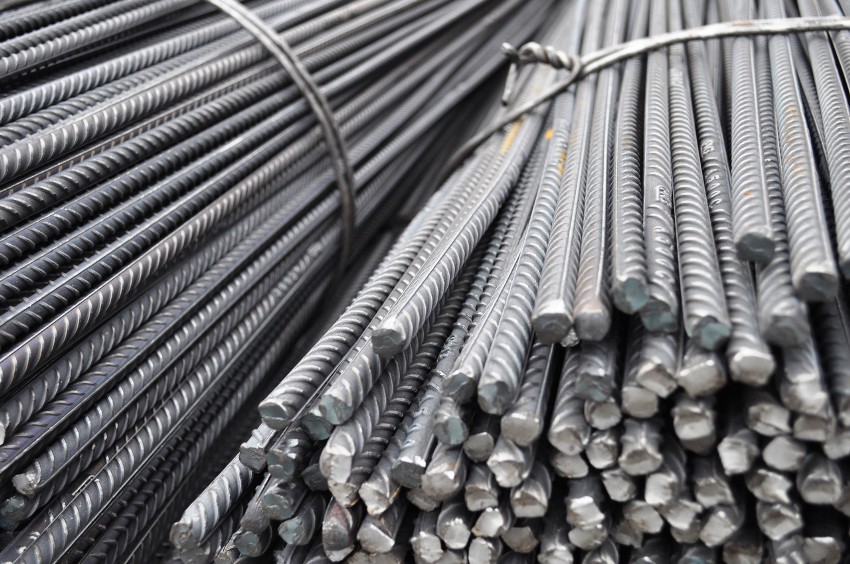
The formula for calculating the weight of reinforcement is very simple - the length of the reinforcement multiplied by the weight of a running meter of reinforcement
After examining the table, you can see one pattern. The higher the diameter of the reinforcement, the greater the weight per meter of material. The total length in one ton, on the contrary, is inversely proportional to the thickness of the rods.
Helpful advice! The size of the diameter should be checked with the manufacturer. If you measure it yourself, then this will entail errors in the calculations, since the surface of the reinforcing bars has a ribbed structure.
Thus, knowing the weight of the reinforcement in accordance with GOST 5781-82, it is easy to calculate the coefficient of the total reinforced structure, it is possible to determine the weight of the reinforcement in relation to the required volumes of concrete. With this data available, it is easy to calculate the total amount of materials that will be required for the construction of a particular structure - be it a foundation or a monolithic building. The amount of material consumption is made from calculations per cubic meter of concrete.
Specific gravity of reinforcement: tables matches taking into account the running meter
A linear meter of a profile bar is a piece of material with a length of one meter. It can have both smooth and embossed surfaces. The weight of the rods, accordingly, regulates their diameter. GOST established indicators from 6 to 80 millimeters. The material is based on periodic steel.
The mass of a mesh made of reinforcing wire for plaster, reinforcing cage for a reinforced concrete foundation, reinforcing mesh for brickwork depends on the dimensions of the canvas, the area of the cells and the diameter of the rods in millimeters. Reinforcing steel produced on the domestic market is widely used in construction, has high quality characteristics, meets all the requirements of GOST for rolled metal products.
Calculations are performed using the reinforcement table shown. The weight of 1 running meter depends on the external structure of the profile, which is corrugated or smooth. The presence of ribs and corrugations on the outside provides a more reliable adhesion of the rods to the concrete solution. Thus, the concrete structure itself, in this case, has higher quality characteristics.
Features of the technological process of manufacturing reinforcing steel determine the entire range of reinforcement. According to these indicators, steel is hot-rolled rod or cold-drawn wire.
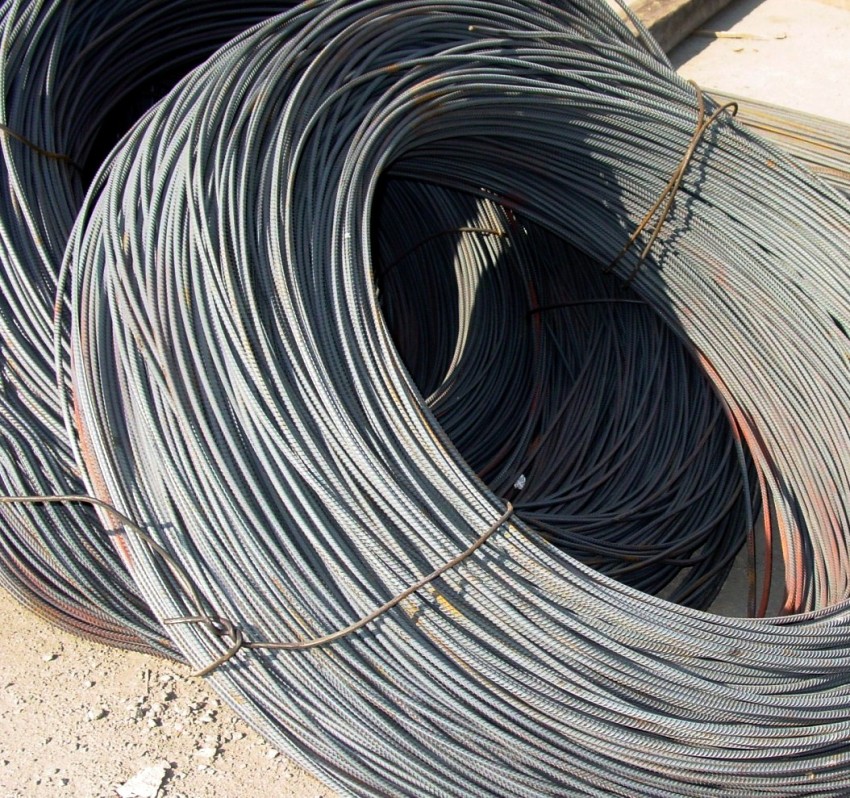
The armature is widely used in construction, has high quality characteristics, meets all the requirements of GOST
The fittings produced in accordance with GOST 5781-82 are rods with a smooth surface of class A, as well as profiles from periodic steel of classes from A-II to A-VI. GOST R 52544-2006 - these are profiles of classes A500C and B500C made of periodic steel, intended for welding. The letter A marks hot-rolled and heat-strengthened reinforcement, the letter B is cold-deformed material, and the letter C is the welded steel.
Material marking, weight 1 meter: assortment table
If we take as a basis the mechanical characteristics of reinforcing steel, such as strength and weight, then the material is subdivided into separate classes of assortment with the corresponding special designations from A-I to A-VI. At the same time, the weight of a meter of hot-rolled steel reinforcement does not depend on them.
The correspondence between class, diameter and brand is clearly demonstrated in the table:
| Steel class according to GOST 5781-82 | Rod diameter, mm | Steel class according to GOST R 52544-2006 | Rod diameter, mm | Rebar brand |
| A-I | 6-40 | A240 | 6-40 | St3kp, St3ps, St3sp |
| A-II
|
10-40 | A300 | 40-80 | St5sp, St5ps
18G2S |
| Ac-II | 10-32 | Ac300 | 36-40 | 10GT |
| A-III | 6-40 | A400 | 6-22 | 35GS, 25G2S
32G2Rps |
| A-IV | 10-32 | A600 | 6-8 36-40 | 80C
20 * 2HZ |
| A-V | 6-8 and 10-32 | A800 | 36-40 | 23 * 2G2T |
| A-VI | 10-22 | A1000 | 10-22 | 22 * 2G2AYU, 22 * 2G2R,
20 * 2G2SR |
If we take, for example, class A-III reinforcement, then it is used to strengthen the foundations of concrete buildings erected in a short time. The weight of the reinforcement in this case is equal to the weight of the entire steel frame, including the foundation, walls and concrete floors, as well as the weight of welded meshes poured with concrete.
Rebar diameters ranging from 8 to 25 mm are considered the most popular profile sizes on the construction market. All domestic fittings go through quality control stages before they reach metal depots, which guarantees their compliance with GOST.
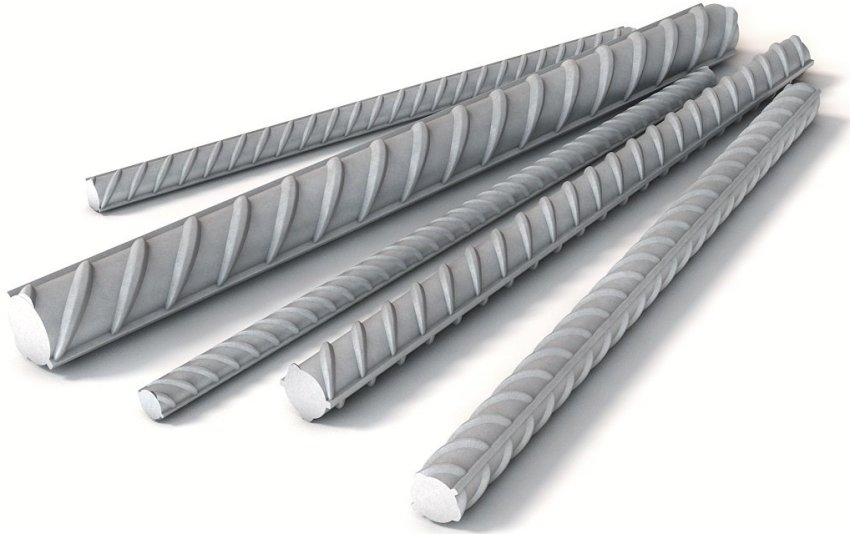
Reinforcement material is classified into assortment classes with special designations from A-I to A-VI
Reference! The volume of a steel bar is calculated by multiplying the footage by the geometric area of the circle - 3.14 * D * D / 4. D is the diameter. The specific weight of the reinforcement is 7850 kg / m³. If you multiply it by the volume, you get the total indicator of the specific gravity of one meter of reinforcement.
Armature: weight and various options for calculating it
Reinforcement weight is calculated in different ways:
- according to the data on the standard weight;
- taking the specific gravity as a basis;
- using an online calculator.
The required number of rods according to the standard weight is determined using the above weight table in relation to the running meter. This is the simplest calculation option. For example, let's calculate the weight of reinforcement 14.
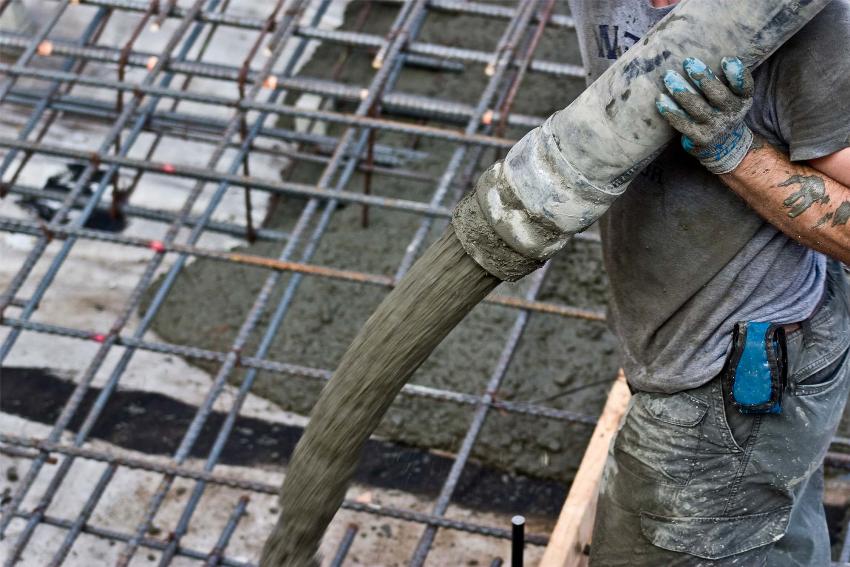
How much a meter of reinforcement weighs, it is necessary to know both designers and builders of buildings and structures made of reinforced concrete
The main condition for such calculations is the presence of an appropriate table. The calculation process itself (when drawing up a construction plan, taking into account the construction of a reinforcing mesh) includes the following stages:
- choose the appropriate diameter of the rods;
- calculate the footage of the required reinforcement;
- multiply the weight of one meter of reinforcement of the corresponding diameter by the number of bars required.
For example, 2300 meters of reinforcement 14 will be used for construction. The weight of 1 meter of rods is 1.21 kg. We carry out the calculation: 2300 * 1.21 = 2783 kilograms. Thus, to perform this volume of work, 2 tons of 783 kilograms of steel rods will be required. The number of bars of the corresponding diameter in one ton is calculated in a similar way. The data is taken from the table.
Calculations by specific gravity using the example of calculating the weight of a meter of reinforcement 12
The method of calculating the specific gravity requires special skills and knowledge. It is based on the formula for determining mass using quantities such as the volume of an object and its specific gravity. This is the most difficult and time consuming way to calculate weight. It is applicable only in cases where there is no table with norms available and it is impossible to use an online calculator.
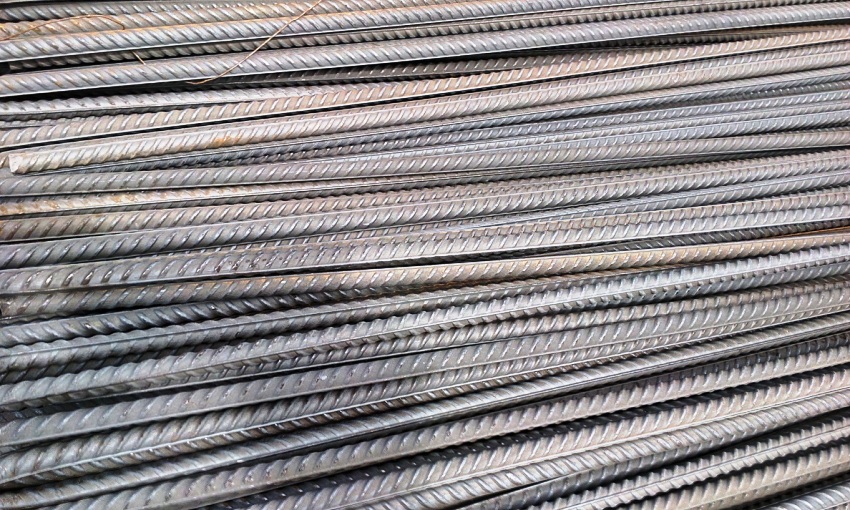
When calculating the volume of reinforcement yourself, you need to take into account that the bar has a cylindrical shape
You can clearly consider these calculations using the example of determining the weight of 1 meter of 12 mm reinforcement. First, you need to remember the formula for calculating weight from a physics course, according to which mass is equal to the volume of an object multiplied by its density, that is, specific gravity. For steel, this figure corresponds to 7850 kg / m³.
The volume is determined independently, taking into account the fact that the reinforcement bar has a cylindrical shape. In this case, knowledge of geometry is useful. The formula says: the volume of a cylinder is calculated by multiplying the cross-section of the area by the height of the figure. In a cylinder, a section is a circle. Its area is calculated using a different formula, where the constant Pi with a value of 3.14 is multiplied by the radius squared. The radius is, as you know, half the diameter.
The procedure for calculating the weight of reinforcement 12 mm per meter, the length of the entire bar
The diameter of the reinforcing bars is taken from the plans and calculations of the construction site. It is better not to measure it yourself in order to avoid errors. We determine how much one meter of reinforcement 12 mm weighs. Thus, we get that the radius is 6 mm or 0.006 m.
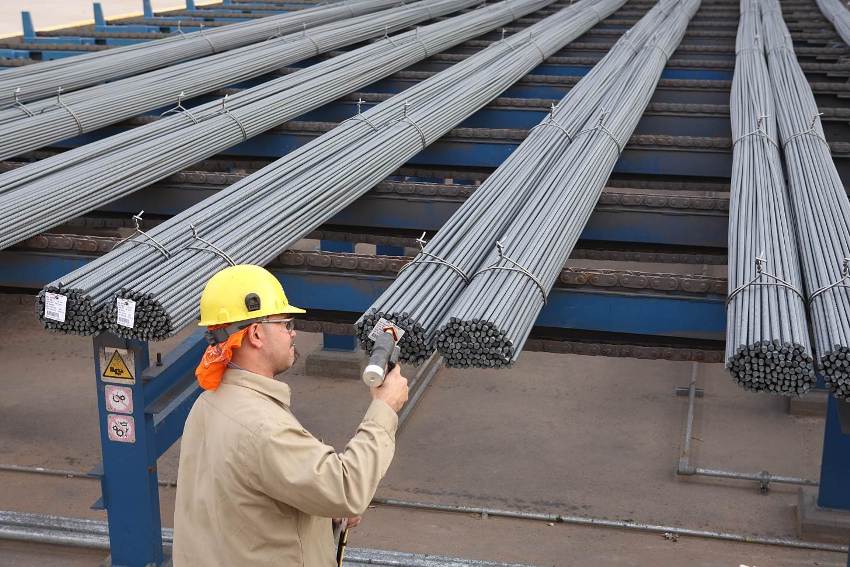
If it is necessary to calculate the mass of a particular reinforcement rod, then the area of the circle is multiplied by its length
Helpful advice! The easiest way to calculate is to use special programs (or an online calculator). To do this, enter the data of the mass of the reinforcement in tons, the number of the corresponding profile and the length of the rod in millimeters into certain cells. The standard length of the rods is 6000 or 12000 mm.
The sequence of independent calculations using the formula is as follows:
- Determination of the area of a circle: 3.14 * 0.006² = 0.00011304 m².
- Calculation of the volume of a meter of rods: 0.00011304 * 1 = 0.00011304 m³.
- Calculation of the weight of the reinforcement 12 in 1 meter: 0.00011304 m³ * 7850 kg / m³ = 0.887 kg.
If the obtained result is checked against the table, then we will find that the data complies with state standards. If it is necessary to calculate the mass of a particular rod, then the area of the circle is multiplied by its length. In general, the calculation algorithm is similar.
The complete procedure for calculating the weight of 1 meter of reinforcement 12, represented by a mathematical expression, will look like this:
1m * (3.14 * 0.012m * 0.012m / 4) * 7850kg / m³ = 0.887 kg.
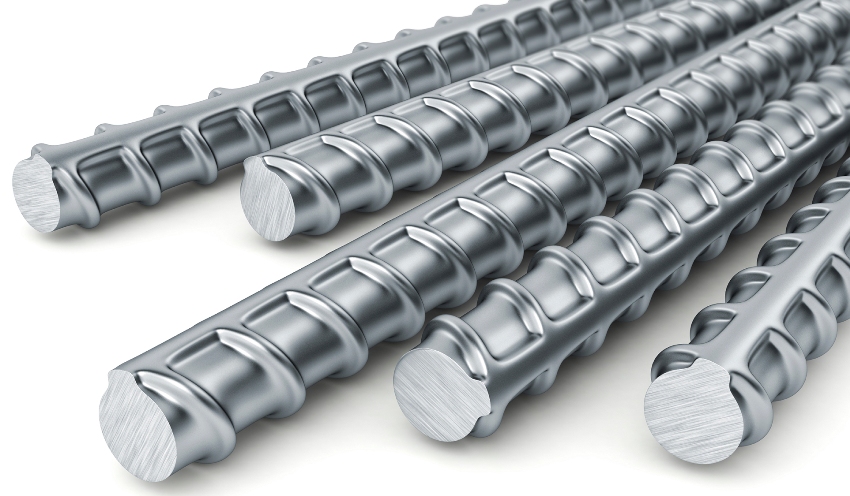
To independently calculate the weight of the reinforcement 12 mm per meter, you need to use a certain formula
The result is identical to the previous one. Depending on the length of the reinforcement, the corresponding value is substituted into the formula and the weight is calculated from it. The weight of the entire mesh can be calculated by multiplying the value obtained for 1 m² by the required number of square meters in the reinforced frame.
Calculation of the weight of reinforcing wire in square meter
Reinforcing wire meets the requirements of GOST 6727-80. Low-carbon steel is used for its production. The diametric values of ordinary wire are 3, 4 and 5 mm. The range has two classes: B-I - with a smooth surface and Bp-1 - material from a periodic profile.
Related article:
I-beam: size table, weight and technical characteristics of profiles
Features of the product design. Formulas for calculating I-beams. The price of a running meter of an I-profile.
The wire weight is calculated in accordance with the specific standards and data given in the table:
| Wire diameter, mm | Weight of one meter, g |
| 3 | 52 |
| 4 | 92 |
| 5 | 144 |
You can calculate the weight for a specific case using the following algorithm. In order to determine the mass of one hundred meters of reinforcing wire with a diameter of 4 mm, it is necessary to multiply the specific gravity by the meter. The calculation will look like this:
92 * 100 = 9200 g (or 9 kg 200 g).
The reverse calculation can also be performed. For example, a coil of wire with a diameter of 4 mm weighs 10 kg. To determine the footage, you need to divide the total mass by the specific gravity. The calculation is as follows: 10 / 0.092 = 108.69 meters.
The following methods are used to calculate the weight of the reinforcement mesh. For example, grid dimensions – 50x50x4. The square meter area includes 18 rods of 1 m each. Thus, a total of 18 m of reinforcement 6 is obtained, the weight of which is 0.222 kg / m. A running meter of wire in a structure is calculated as follows: 18 * 0.222 = 3.996 kg / m². Add approximately 1% to take into account the welding tolerance. We get a full 4 kilograms.
Characteristics, dimensions and calculation of the weight of reinforcement 8 mm per meter
Reinforcing bars with a diameter of 8 mm are considered thin. At first glance, they look like a simple wire. The technological process of their manufacture is regulated by GOST 5781. The surface of reinforcement 8 is corrugated or smooth.
Helpful advice! In any calculations and calculations of the reinforcement mass, one should not forget about the permissible error readings. They range from 1 to 6%. This is especially important to take into account when a large amount of welding is expected.
The main technical characteristics of the material are as follows:
- for manufacturing, steel with marking 25G2S and 35GS is used;
- ribbed step - A400 and A500;
- reinforcement class A3.
The weight of rods of 8 mm per meter is most appropriate in places where excessive weight is unacceptable, but additional strength is needed. The weight of 1 meter of reinforcement 8 is 394.6 grams. The amount of material per ton will be 2,534.2 m.
Calculate the weight of 1 meter of 8 mm reinforcement according to the above formula using the specific gravity of the corresponding steel:
1m * (3.14 * 0.008m * 0.008m / 4) * 7850kg / m3 = 0.394 kg. It is this value of the weight of reinforcement 8 that is given in the table of correspondence between the weight and length of the reinforcement.
Scope of application and calculation of the weight of 10 mm reinforcement per meter
One of the most popular in construction is considered a rod with a diameter of 10 millimeters. Such reinforcement, like rods of a different thickness, is produced by hot-rolled or cold-rolled methods. These are metal rods of medium thickness with a high degree of strength.
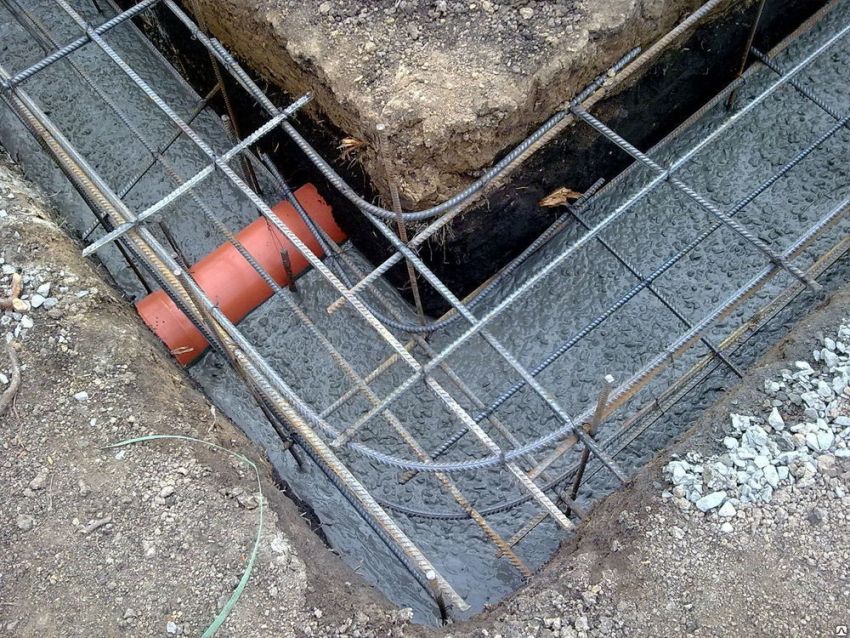
Reinforcement 10 mm is used in the creation of light buildings: private houses, garages, where the foundation strip is used
It is quite simple to calculate the total weight of the reinforcement 10: it is enough to sum the total length and multiply it by the mass of a running meter of material. The required data can be found in the general table.
The general characteristics of fittings 10 are as follows:
- rod diameter - 10 mm;
- there are 1622 m of rolled metal in one ton;
- weight of 1 meter of reinforcement 10 mm - 616.5 g;
- the permissible error in calculating the weight is + 6%;
- steel classes used in the production of this type of rolled metal: At-400, At-500S, At-600, At-600K, At-800K, At-1000, At-1000K, At-1200.
With the given parameters, you can easily find out the required amount and weight of building material. An independent calculation is quite easy to do according to the already knurled formula, it will look like this:
1m * (3.14 * 0.01m * 0.01m / 4) * 7850 kg / m³ = 0.617 kg. A similar indicator of the weight of 1 meter of reinforcement 10 contains a table of the ratio of the diameter and mass of one meter.
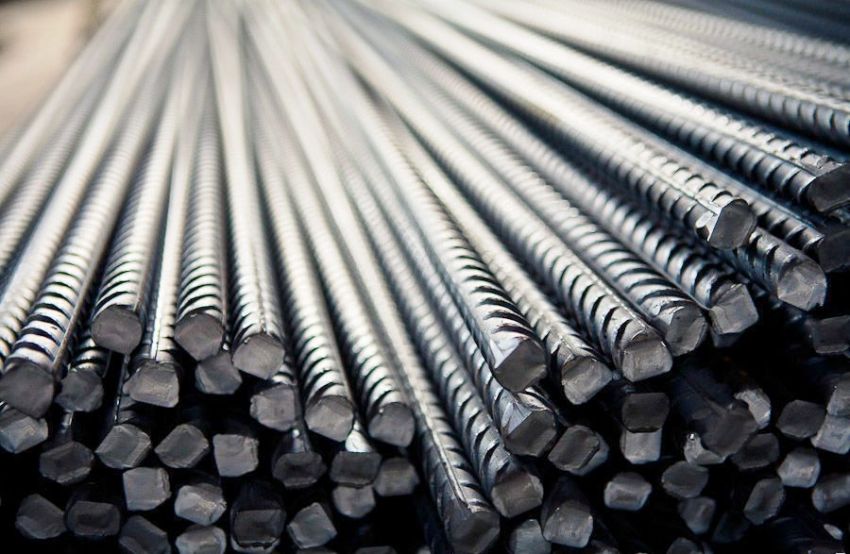
Rebar 10 mm is classified as an easy-to-machine material, since the rod is easily bent or undergoes any other necessary deformation
Versatile features and ideal valve weight 12
Fittings with a diameter of 12 mm are rightfully considered the most popular in the field of metal rolling and the most demanded. Its dimensions are the most optimal in various types of construction work. In this reinforcement, such qualities as strength, flexibility and rather low weight are surprisingly combined. At the same time, it has a high degree of adhesion to concrete. Armature frames and structures with its use serve for a very long time. They are practically indestructible. It is reinforcement 12 that is recommended by construction standards for the construction of strip foundations for cottages and private houses.
Valve characteristics 12:
- rod diameter - 12 mm;
- there are 1126 m of rolled stock in one ton;
- ovality of the rod - no more than 1.2 mm;
- pitch of transverse protrusions - from 0.55 to 0.75 * dH;
- weight of 1 meter is 887.8 g;
- rental length - from 6 to 12m.
The tolerance is possible only upwards and no more than 10 cm, and the curvature should not exceed 0.6%.
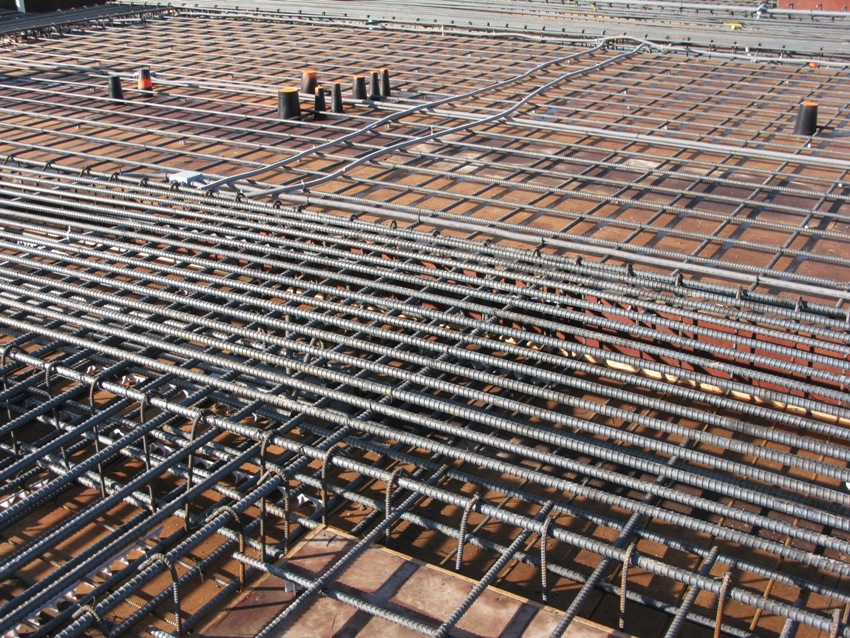
Reinforcement with a diameter of 12 mm is considered the most popular and demanded in the construction industry.
Important! Each type of reinforcement has its own characteristics, and not necessarily a large diameter guarantees good strength. The same goes for weight. Rebar 20, for example, is more vulnerable to corrosion, but it is ideal for welding. Therefore, the choice of material is individual.
It was on reinforcement 12 that an example of calculating the weight of a running meter of a product was considered. The calculations carried out coincided with the data of the table of the weight of reinforcement per meter 12 mm. This indicator in all cases was 887.8 g.
Rebar weight 16 mm per meter: features and specifications
To the rank high-quality rolled metal reinforcement 16 belongs. The weight and quality of the material ensure its reliability, so builders characterize it as strong, reliable, wear-resistant and environmentally friendly.In addition, it is affordable and easy to install, as well as used in other areas of production.
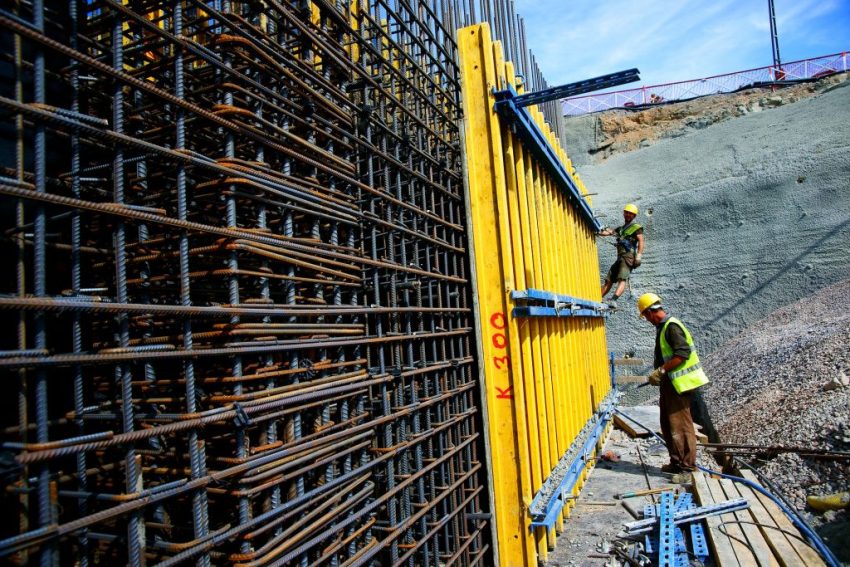
Rebar 16 is capable of withstanding significant tensile and bending loads, redistributing them evenly over the entire surface
Most often, reinforcement 16 is used for high-quality reinforcement of concrete structures. It can withstand high flexural and tensile loads, spreading it evenly over the entire surface. 16 mm rods are widely used in the arrangement of welded metal structures, reinforcement of concrete structures, the construction of roads, bridges, spans. The production uses high quality steel in accordance with GOST 5781-82.
The main characteristics are as follows:
- smooth and corrugated profile type;
- steel grades are used in production: 35GS, 25G2S, 32G2Rps, A400;
- weight of 1 meter of reinforcement 16 mm - 1580 g;
- diameter area - 2.010 cm²;
- the length of the rods is from 2 to 12 m.
According to the calculations, by analogy with the previous brands of reinforcement and in accordance with the table of the ratio of the diameter and mass of one meter, the weight of 16 reinforcement in 1 meter is 1.580 kg.
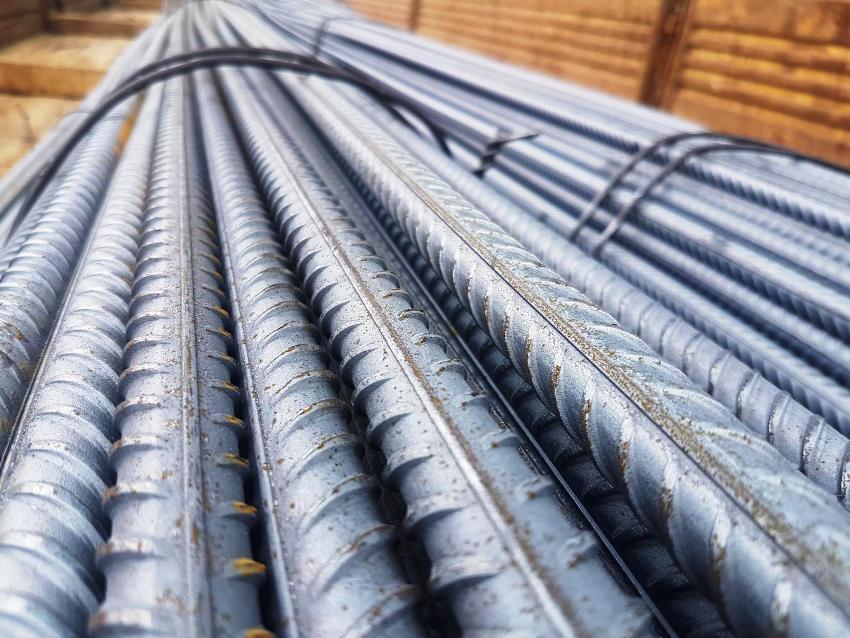
Among the main advantages inherent in the reinforcement 16 are: strength, reliability and corrosion resistance
The weight of the reinforcement must be known at the design stage of the construction site. Correct calculations will help in budgeting and avoid unnecessary costs for materials. Thus, by accurately calculating the mass and footage of the reinforcing bars, you can significantly save during the construction process and, conversely, avoid the lack of rods already at the stage of construction of the reinforced structure.
